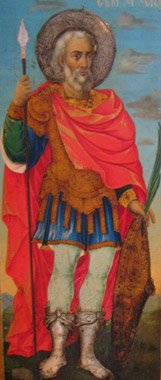
On Saturday before Mesni Zagovezni or Meat Shrovetide Orthodox Bulgarians commemorate the dead. It is one of the three All Souls' Day that Orthodox Christians mark each year. The very name " Zadushnitsa " means a day for..
The founder of Romanian photography, the artist Carol Popp de Szathmari was a contemporary of the Bulgarian National Revival period. He had the opportunity to take photographs of and leave as documentary images famous personalities and events from the..
Monuments keep alive the memory of important events of the past. Most of them tell of human sacrifices, of the land drenched in the blood of heroes who defended the homeland. Chroniclers collect these historical fragments and place them in the broader..

+359 2 9336 661
